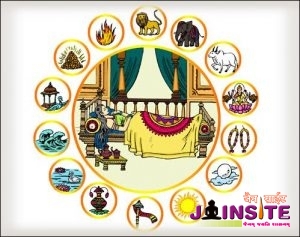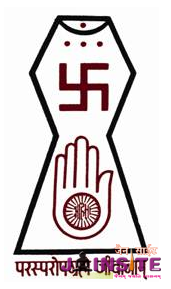Chapter 12 – Path of Liberation – Three Jewels The ultimate goal of all life and conduct in Jainism is to realize the free and blissful state of our true being. True philosophy should result in removing all bondage (karma) in the process of purifying the soul. The central theme…











